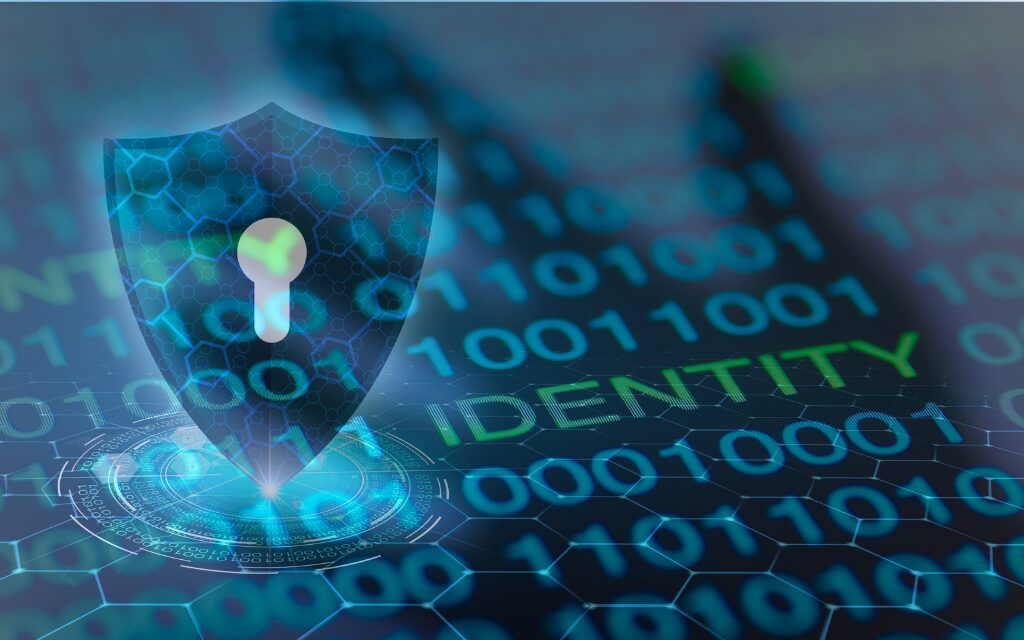Resources
Resources
Stay up to date with the latest news, opinions and free resources from Device Authority.
From company announcements, expert opinion on the latest IoT security issues or helpful guides to support your own organization, use our filters below to find the resources most useful for you.

The Evolution of IoT/OT Security: A Prescription for Resilience in Healthcare
The intersection of IoT (Internet of Things) and OT (Operational Technology) in healthcare has become a focal point in securing critical infrastructure. With the industry accounting for 9% of global GDP and integrating thousands of devices, from bedside monitors to surgical robots, the stakes couldn’t be higher. The journey from isolated systems to hyper-connected healthcare environments has unlocked unparalleled efficiency and innovation. Yet, it has also introduced unprecedented security risks.

Water Barghest: A Stark Reminder of IoT Security Gaps
Trend Micro’s recent report on the Water Barghest threat actor underlines a critical issue that has long plagued the IoT ecosystem: the security shortcomings inherent in many connected devices. With over 20,000 IoT devices compromised and exploited as residential proxies within minutes, this story highlights the growing risks posed by insecure IoT devices and the urgent need for proactive security measures.

Use Case: Digital Transformation in Oil and Gas with KeyScaler platform and Azure IoT Edge

Use Case: A Manufacturing Plant’s Success with Automated Privileged Access Management

The Importance of Developer Communities in Solving IoT/OT Cybersecurity Challenges
The Internet of Things (IoT) and Operational Technology (OT) are revolutionizing industries such as healthcare, agriculture, and industrial automation, connecting devices on a new scale. However, with these benefits come unique cybersecurity challenges. Traditional IT security practices alone are no longer enough to safeguard complex IoT/OT ecosystems.

Introduction to Privileged Access Management (PAM): Device Authority and CyberArk’s Integration
Privileged Access Management (PAM) is a comprehensive methodology for managing and securing privileged accounts—those that possess elevated permissions to perform critical functions within an organisation’s IT infrastructure. These accounts enable access to sensitive data and systems, making them highly attractive to cybercriminals. The core objective of PAM is to ensure that only authorised personnel have access to these accounts, under strict monitoring and control.

Understanding Privilege Access Management (PAM) (PPC)
Privilege Access Management (PAM) controls access to privileged accounts, a key step in securing sensitive data and systems. Discover what PAM is, why you need it, and how to implement it effectively.

Happy NIS2 Day…or is it? Navigating the shift from NIS to NIS2 and how to support long-term compliance
As digital transformation accelerates, so do the cybersecurity risks, particularly for organisations handling critical infrastructure and sensitive data. To address these challenges, the European Union has updated its cybersecurity regulations with NIS2 (Network and Information Security Directive 2), expanding and strengthening the original NIS Directive, which was established to improve cybersecurity across essential sectors. As the deadline for NIS2 compliance is upon us, let’s take stock of its implications and how to ensure its benefits continue long into the future.

The Top 8 IoT Security Challenges of 2024 and How to Overcome Them
As the Internet of Things (IoT) continues to expand across industries such as healthcare, automotive, manufacturing, and smart cities, the need for robust security measures has become more critical than ever. The proliferation of internet connected devices across various sectors, including healthcare and smart homes, has introduced significant security risks.

